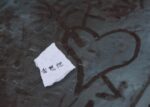Are Chinese Characters Words or Letters?
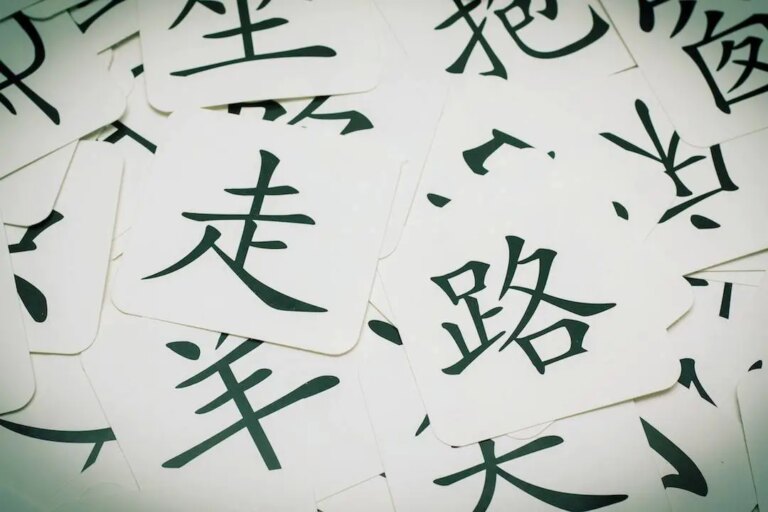
Understanding Words Through “Mini-Meanings”
Many people ask the question of whether Chinese Characters are words or letters, so let’s get to the bottom of this. As many of you have already found out, we’re not fans of using academic language to talk about language learning. Yes, it is true that high-level words are precise, but being overly specific as a beginner or intermediate learner wastes time. Not until you’ve built a solid foundation should you pursue precision. So why are we talking about this?
Linguists use the word “morpheme” all the time, and while we find it quite a useful concept, the majority of people we ask don’t know what “morpheme” means. That prompted us to ask ourselves, “what’s an easier way to explain what a ‘morpheme’ is?” Well, a morpheme is the smallest unit of a language that has meaning. Why not call it a “mini-meaning” then? It isn’t as precise as the word morpheme, but quickly gets across the same point without having to consult the dictionary.
In Between a Letter & a Word
So why does this category “mini-meaning” or “morpheme” concept even exist at all & why do we find it productive to talk about it? Everyone knows what a letter is and what a word is, and morphemes fall right in between. The letter “d” doesn’t have meaning independently, but add an “e” in front of the “d” and you have a suffix that indicates past tense. “Succeed” becomes “succeeded,” so it is reasonable to say that there “e” + “d”=MEANING!
Clearly, “ed” is neither a letter nor a word, so it’s easy to understand why linguists would want a term to identify this third category. “Fine,” you say, “How does this relate to Chinese?” The answer to the question “are Chinese characters words or letters?” is “Chinese characters are morphemes.” They’re just a bunch of mini-meanings! Characters, like morphemes, are sometimes simple words & sometimes non-words, but we’ll get into how all that works in today’s article.
Are Chinese Characters Words or Letters:
Three Types of Chinese “Mini-Meanings”
Single Syllable Mini-Meanings (SSM)
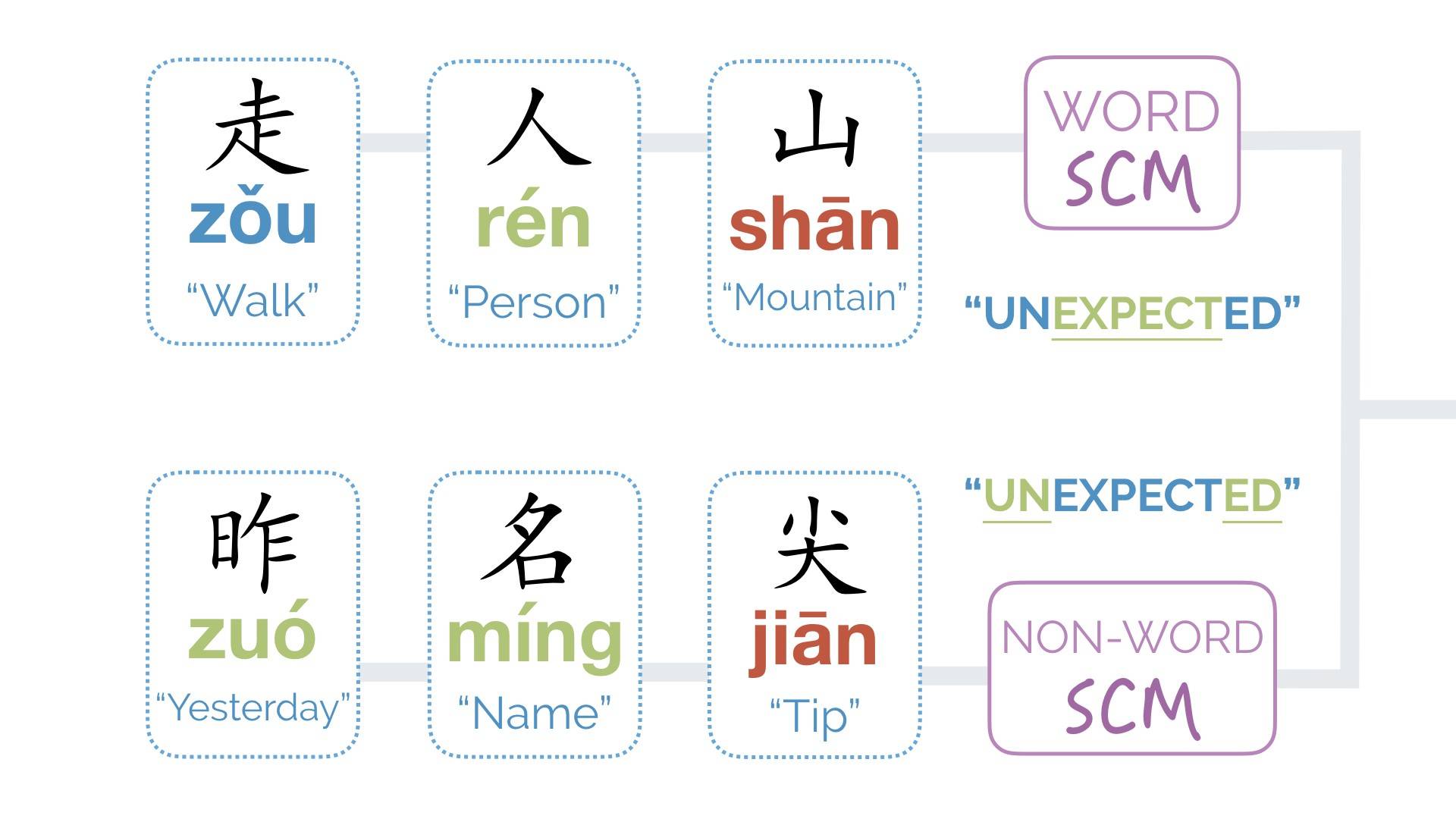
Single syllable morphemes are by far the most common type of morpheme in Chinese. These are one character and communicate their meaning alone as one character.
Examples:
人 rén,口 kǒu,山 shān,大 dà,了 le,吗 ma
SSM can also be separated into two types: Word SSM & Non-Word SSM
Chinese Word-SSM
These are SSMs that by themselves are also words in an of themselves like 人,走 zǒu,大。Word-SSM can also be combined with other SSM to create words like 人口,大人,走完 zǒuwán,大刀 dàdāo. This is analogous to the word “expect” in English. You can use it by itself, but you can combine it with other morphemes to create words like “unexpected” or “expectation.”
Non-Word SSM
Double Syllable Mini-Meanings (DSM)
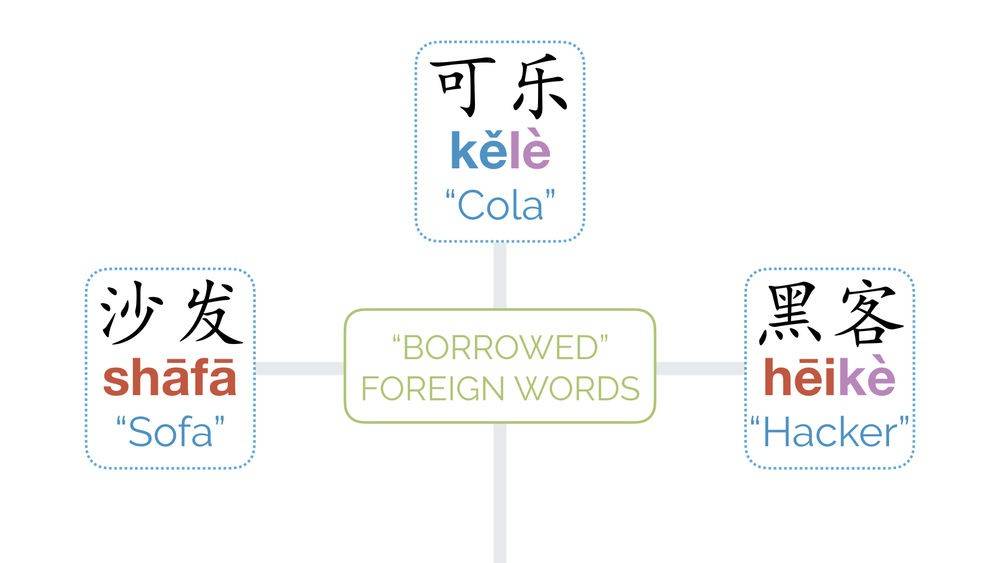
These morphemes have two sources, Ancient Chinese & Borrowed Foreign Words. These morphemes are two characters, so each character does not have meaning by itself. It only has meaning when combined with other characters.
Examples:
- 徘徊-páihuái From Ancient Chinese means to pace back and forth or hesitate. 徘 or 徊 by themselves do not contain meaning, only when combined.
- 伶俐-línglì From Ancient Chinese means clever or quick-witted.
- 沙发-shāfā From English means “Sofa” (imitates the English pronunciation). Even though 沙 and 发 by themselves have a meaning, they only hold the meaning of Sofa when put together in this way, and thus are one double syllable morpheme.
- 苏打-sūdá From English means “Soda.”
Multiple Syllable Mini-Meanings (MSM)
These mini-meanings of three or more syllables almost all come from other languages and thus by only have meaning when combined.
Examples:
- 巧克力-qiǎokèlì From English means Chocolate
- 迪斯尼-dìsīní From English means Disney
- 奥林匹克- aòlínpǐkè From English, mean Olympics
Are Chinese Characters Words or Letters:
Single Mini-Meaning Words & Compound Words
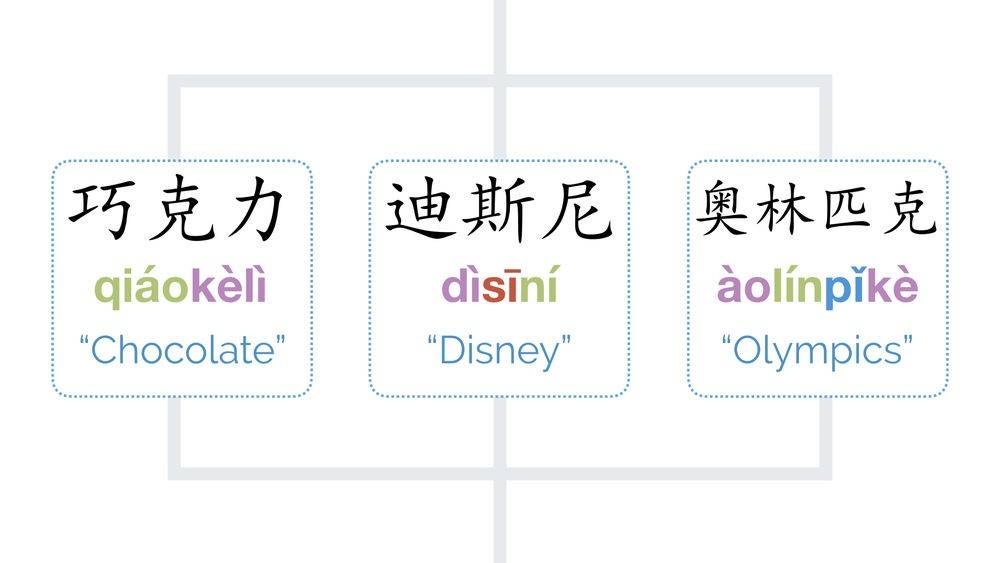
Two Types of Chinese Single Mini-Meaning Words:
Chinese One-Syllable Single Mini-Meaning Words (单音节的单纯词)
Straightforward, only one syllable, only one morpheme, and is a word in and of itself. Examples:
人 rén,美 měi,走 zǒu,大 dà,做 zuò,千 qiān,你 nǐ,我 wǒ,那 nà,的 de,吗 ma,和 hé
Chinese Multiple Syllable Single Mini-Meaning Words (多音节的单纯词)
These make up a tiny percentage of the language and are divided into several different types, however, studying the different subtle types of multiple syllable single morpheme Chinese words is not particularly important even for advanced learners. Just know that they only convey a meaning when combined:
Examples: 蜘蛛 zhīzhū (spider), 含糊 hánhu (unclear), 伶俐 línglì (clever), 玫瑰 méigui (rose), 垃圾 lājī (garbage), 沙发 shāfā (sofa),咖啡 kāfēi (coffee), 可口可乐 kěkóukělè (Coca-Cola)
Chinese Compound Words(合成词)
A compound word is a combination of two or more “mini-meanings” to create a new meaning. Put simply, words with two or more characters that all have independent meaning. If each Chinese character has their own individual meaning, then the more important question becomes the following:
What is the relationship between these mini-meanings?
The vast majority of compound words are two characters, and there are seven major ways those two characters can relate to each other. What seven ways you ask? Stay tuned, we’ll be talking about each of them for the next several weeks on the blog.
So this should have answered your questions about whether Chinese Characters are words or letters. They’re just a bunch of mini-meanings! Characters, like morphemes, are sometimes simple words & sometimes non-words.
We are now offering a 14-day free trial on The Mandarin Blueprint Method online course (pat. pending). Learn more about it here.
Check out our Guide to Chinese Characters to learn more about the Chinese language.


